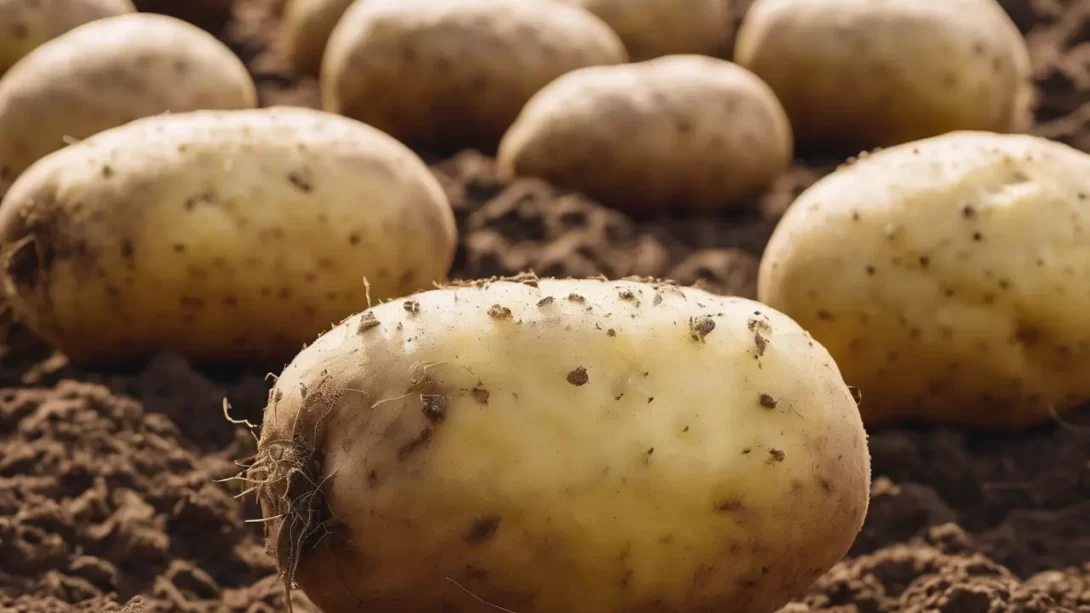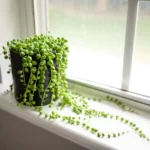Potatoes are a highly favored vegetable in Georgia’s home gardens, offering a rewarding growing experience for both novice and experienced gardeners. The key to a successful potato crop in Georgia lies in understanding the optimal planting time. This guide is designed to help Georgian gardeners determine the best schedule for planting potatoes, taking into account the state’s unique climate.
Georgia’s Climatic Conditions
Georgia’s climate is predominantly humid subtropical, characterized by hot summers and mild to cool winters. This climate significantly influences the planting and growing cycle of potatoes. The state is divided into several USDA hardiness zones, ranging from 6b in the northern mountains to 9a in the coastal south. These zones are important to consider when planning your potato planting, as they dictate the length and timing of the growing season.
In Georgia, the growing season typically starts earlier compared to more northern states, allowing for a variety of vegetables to be planted and harvested over an extended period.
Optimal Planting Times for Potatoes in Georgia
The ideal time to plant potatoes in Georgia is in late winter to early spring. This timing allows the potatoes to establish and grow before the arrival of the hot summer months. Typically, gardeners in Georgia should aim to plant potatoes in February or March, depending on their specific location within the state.
In Northern Georgia, where temperatures may remain cooler for longer, planting in early to mid-March is advisable. For Southern Georgia, with its milder winters, planting can begin as early as late February. This early start takes advantage of the cooler spring temperatures, which are ideal for potato growth.
Selecting Suitable Potato Varieties for Georgia
Choosing the right potato varieties is crucial for a successful harvest in Georgia. The state’s climate accommodates a wide range of potato types, but selecting varieties that are well-suited to local conditions is key. Early-season varieties like ‘Yukon Gold’ and ‘Red Pontiac’ are popular in Georgia for their shorter maturity time and excellent flavor. These varieties are ideal for gardeners seeking an early harvest.
Mid-season varieties such as ‘Kennebec’ and ‘Gold Rush’ offer a balance between early and late harvests, typically maturing within 90 to 110 days. These are a good choice for those who prefer a steady supply of potatoes throughout the season.
For those interested in late-season varieties, ‘Russet Burbank’ and ‘Canela Russet’ are excellent choices. These varieties take longer to mature but are well-suited for long-term storage.
When selecting potato varieties, also consider factors such as disease resistance, especially to common issues in Georgia like late blight and nematodes, as well as your preferred culinary uses, whether it be baking, boiling, or frying.
Soil Preparation and Site Selection
Potatoes grow best in well-drained, loamy soil with a slightly acidic pH, typically between 5.0 and 6.5. Before planting, enrich your garden bed with compost or well-rotted manure to improve soil fertility and structure. Conducting a soil test can be beneficial to identify any specific needs for soil amendments.
Choose a planting site that receives full sun, as potatoes need plenty of direct sunlight for optimal growth. Ensure the selected site has good air circulation and is not prone to waterlogging, as potatoes are susceptible to rot in overly moist conditions.
Planting Techniques for Potatoes
When planting potatoes in Georgia, you can start with either seed potatoes or small whole potatoes. It’s advisable to use certified seed potatoes to minimize the risk of disease. If using larger seed potatoes, cut them into pieces with at least one or two eyes (buds) per piece. Allow these cut pieces to dry and form a callous over a day or two before planting.
Plant the potato pieces about 3 to 4 inches deep and 12 inches apart in rows. The rows should be spaced about 2 to 3 feet apart to allow for adequate growth and ease of maintenance. After planting, cover the seed potatoes with soil and water them thoroughly.
Hilling is a vital practice in potato cultivation. As the plants grow, gradually mound soil around the stems, leaving only the top few inches exposed. This process, known as hilling, is crucial to prevent sunlight from reaching the developing tubers, which can cause them to turn green and potentially toxic.
Care and Maintenance of Potato Plants
Proper care and maintenance are vital for healthy potato growth in Georgia. Regular watering is essential, particularly during the tuber formation and bulking stages. Aim to provide about 1 to 2 inches of water per week, ensuring consistent soil moisture. However, avoid overwatering, as too much moisture can lead to root diseases and rot.
Fertilization plays a significant role in potato development. Begin with a balanced fertilizer at planting, and consider a follow-up application when the plants are about 6 inches tall. Be mindful to avoid high nitrogen fertilizers later in the growing season, as they can encourage foliage growth at the expense of tubers.
Regular weeding is important, as potatoes don’t compete well with weeds. However, be careful while weeding to avoid disturbing the shallow roots of the potato plants.
Pests such as the Colorado potato beetle and diseases like early blight and scab can be challenges in Georgia. Regular monitoring and timely intervention with appropriate organic or chemical treatments can be effective. Practicing crop rotation and maintaining good garden hygiene are also essential in preventing many pest and disease problems.
Harvesting and Storing Potatoes
The right time to harvest potatoes in Georgia generally comes in late summer or early fall, when the foliage begins to yellow and die back. For early varieties or new potatoes, which are smaller and more tender, you can start harvesting a few weeks after the plants have finished flowering.
To harvest, gently dig around the plants with a spade or fork, being careful not to damage the tubers. Shake off any excess soil and let the potatoes dry for a few hours in a cool, dry place.
For storing potatoes, cure them in a dark, well-ventilated area for about two weeks. This process toughens their skins, preparing them for storage. After curing, store the potatoes in a cool, dark place, such as a cellar or a pantry. Properly cured and stored potatoes can last for several months.
Conclusion
Planting potatoes in Georgia requires an understanding of the right planting times, selecting suitable varieties, and providing proper care throughout the growing season. With these guidelines, gardeners can enjoy a successful harvest of this versatile and beloved vegetable. Whether for immediate culinary use or for storage, growing potatoes in Georgia is a rewarding experience that yields delicious and satisfying results.




